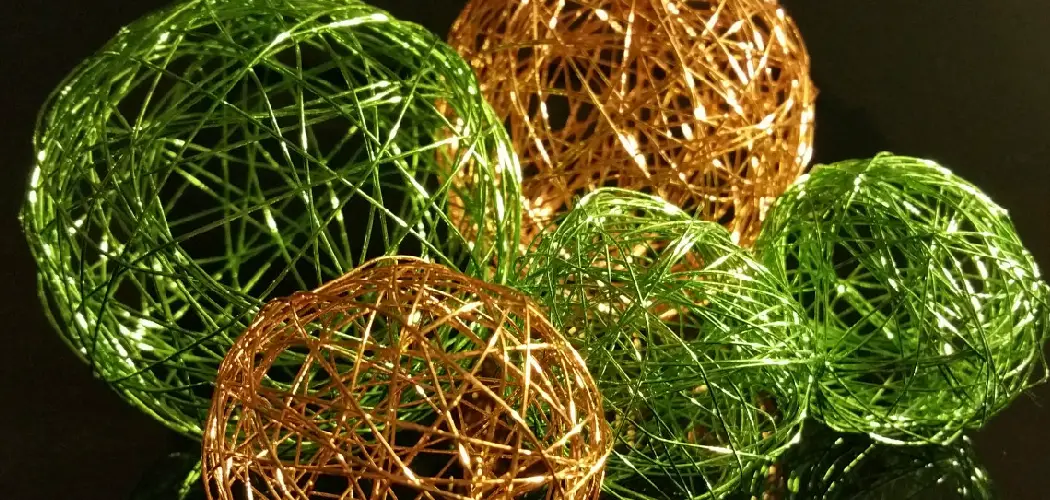Floral wire is an essential tool for any florist or DIY flower enthusiast. It is a thin, flexible wire that is used to strengthen and support floral arrangements or individual flowers. Floral wire comes in different gauges (thickness) and lengths to accommodate various types of projects.
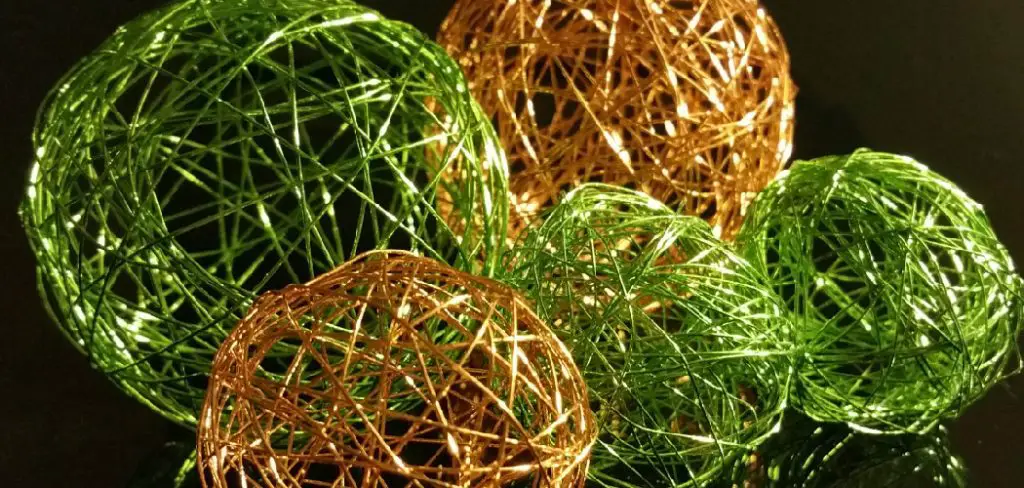
The main advantage of using floral wire is that it allows you to create more intricate and complex designs. By providing support to flowers and greenery, floral wire enables you to manipulate them into different shapes and positions. Furthermore, using floral wire can help prolong the lifespan of your arrangements by keeping them in place and preventing them from wilting or drooping. In this blog post, You will learn in detail how to use floral wire.
Step-by-Step Instructions for How to Use Floral Wire
Step 1: Inspect Floral Wire Before Use
Before using your floral wire, it’s important to inspect it to make sure that it is in good condition and does not have any kinks or bends. If the wire is damaged, it can affect the stability of your floral arrangement.
Step 2: Choose the Right Gauge
Floral wire comes in different gauges (or thicknesses), so it’s important to choose the right one for your specific project. Thicker wire is ideal for heavier or larger flowers, while thinner wire works well for delicate blooms.
Step 3: Cut Floral Wire to Desired Length
Using a pair of wire cutters, cut the floral wire to your desired length. It’s always better to have extra wire than not enough, so consider cutting a slightly longer piece than you think you’ll need. Take your cut piece of wire and wrap it around the stem of your flower, starting at the base and working your way up towards the head. Make sure to leave enough wire at the end to create a loop or twist for securing.
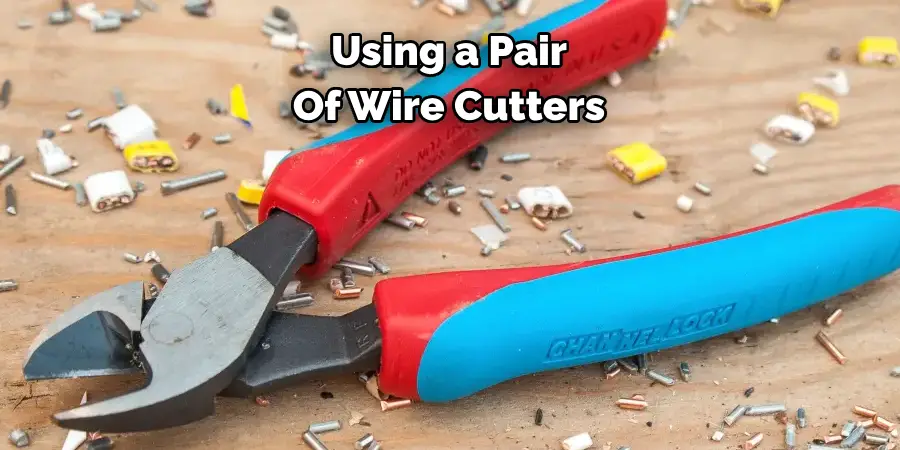
Step 4: Twist or Loop Wire to Secure
Once you have wrapped the wire around the stem, twist it tightly to secure it in place. If you are using thin wire, you can create a loop by bending the ends of the wire together and twisting them to secure. Continue wrapping and securing your flowers with floral wire until you have completed your desired arrangement.
Step 5: Use Floral Tape for Extra Stability
For added stability, you can wrap floral tape around the stems and wire of your arrangement. This will also create a more polished and professional finish. As you arrange your flowers, make sure to tuck any visible wires under leaves or other blooms so they are not visible in the final arrangement.
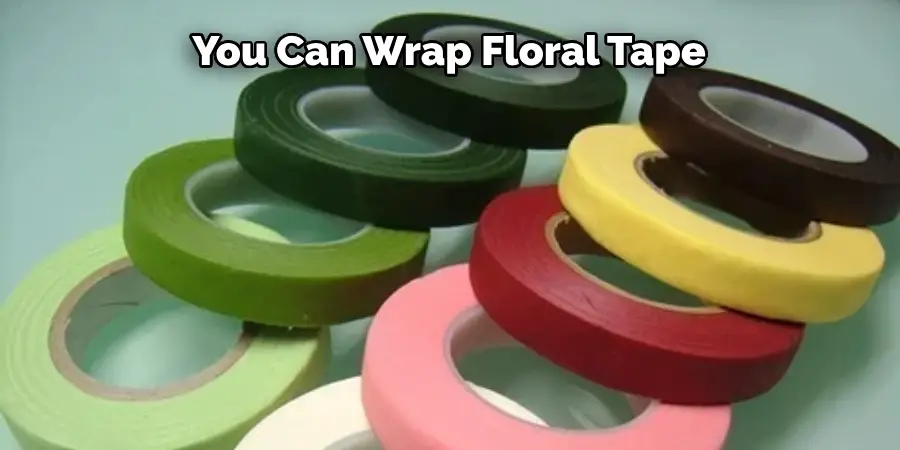
Step 6: Bend and Shape Wire as Needed
Floral wire is also great for shaping and bending flowers to your desired position. You can gently bend the wire to create a more natural looking curve or shape. With your floral wire skills, you can now create stunning arrangements with ease. Have fun experimenting with different flowers and techniques to create unique and beautiful displays.
By following these simple steps, you can easily learn to use floral wire and take your floral arrangements to the next level. Remember to always be careful when working with sharp wire and have fun getting creative with your designs.
Tips for How to Use Floral Wire
1. Wear Protective Gear
When handling floral wire, it’s important to protect your hands from any potential injuries. Consider wearing gloves or using a pair of needle-nose pliers for extra grip and protection.
2. Be Mindful of Sharp Ends
The ends of cut floral wire can be sharp, so make sure to handle them with care. Keep the wire away from your eyes and face to avoid any accidents.
3. Keep Wire Away from Children
Floral wire should always be kept out of reach of children, as it can pose a choking hazard.
4. Don’t Pull Too Hard
When wrapping the wire around flower stems, make sure not to pull too hard or you may damage the delicate blooms.
5. Be Careful When Using Wire Cutters
Always handle wire cutters with caution, as they can be sharp and cause injuries if not used properly. Keep them out of reach of children.
6. Avoid Leaving Wire Exposed in Arrangements
If using floral wire to secure flowers in a vase or container, make sure to cover the exposed ends with foliage or ribbon to avoid any potential scratches or injuries.
7. Dispose of Used Wire Properly
When you are finished with your arrangement, make sure to properly dispose of any used floral wire in a secure trash bin to avoid injuries or hazards.
How Do You Prevent Your Flowers From Wilting While Using Floral Wire?
Floral wire is an essential tool for any floral arrangement or craft project involving flowers. It is a thin, flexible wire that comes in various lengths and gauges and has many uses beyond just securing flower stems together. Floral wire can also be used to create structures, add decorative elements, and even hold up larger blooms. In this section, we will discuss to use floral wire effectively and some tips on properly storing it for future use.
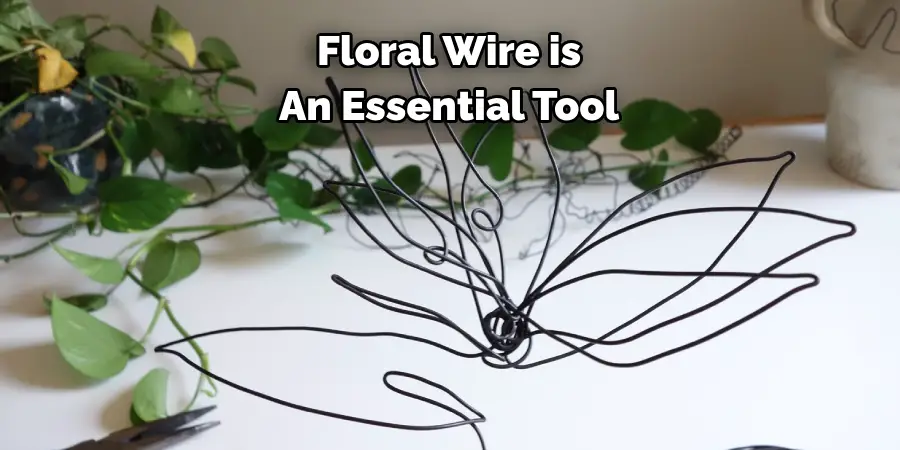
1. Using Floral Wire for Flower Arrangements
One of the most common uses of floral wire is to secure flower stems together in an arrangement. This method is especially useful when working with delicate flowers, as it helps to keep them in place without damaging their stems. To use floral wire for this purpose, simply wrap the wire around the stems tightly and twist it together to secure them. You can also use floral tape over the wire for added reinforcement and a more polished look.
2. Creating Structures with Floral Wire
Floral wire is also handy for creating structures to support your floral arrangements, such as wreaths or centerpieces. To achieve this, you will need thicker gauge wire that can easily hold the weight of your flowers. Bend and shape the wire into your desired structure, then use thinner gauge floral wire to secure any loose ends or attach flowers.
3. Adding Decorative Elements with Floral Wire
Floral wire can also add a decorative touch to your arrangements by helping you create unique shapes and designs. For example, you can twist floral wire into small spirals and tuck them into your bouquet or use it to create a mini trellis for climbing flowers. The possibilities are endless, and floral wire allows you to get creative with your arrangements.
4. Properly Storing Floral Wire
It is always useful to have extra floral wire on hand for future projects. To store it properly, wrap the wire around a spool or tie it in a neat bundle to prevent it from tangling. You can also cut the wire into smaller sections and store them in labeled bags for easy access. Be sure to keep your stored floral wire in a cool, dry place to avoid rusting or weakening of the wire.
5. Preventing Wilting when Using Floral Wire
When working with fresh flowers, it is essential to take precautions to prevent them from wilting. To do so, keep your flowers hydrated by misting them with water and placing them in a cool area. You can also use floral preservative to help prolong their life. When using floral wire, be sure not to pierce the stems too deeply or tightly, as this can block water flow and cause wilting.
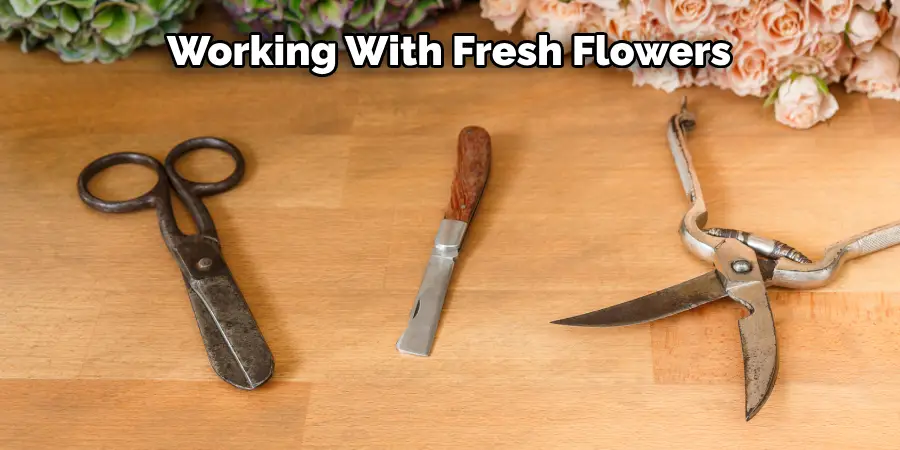
Can You Use Floral Wire for Other DIY Projects Besides Flower Arrangements?
Absolutely. Floral wire is a versatile tool that can be used for various DIY projects besides flower arrangements. Its thin and flexible nature makes it perfect for creating intricate designs and adding decorative elements to any craft project. You can use floral wire to make jewelry, wreaths, centerpieces, or even as a support structure for paper or fabric crafts.
Get creative and see how you can incorporate floral wire into your next DIY project! So, if you ever find yourself with some leftover floral wire from a flower arrangement, don’t throw it away. Instead, use it for another fun and unique project. With its many uses and endless possibilities, floral wire is a must-have in any crafter’s toolkit.
Conclusion
In conclusion, floral wire is an essential tool for any florist or DIY flower enthusiast. It allows for the creation of beautiful and intricate arrangements, as well as providing a secure base for more delicate flowers.
When using floral wire, it is important to choose the right gauge and material for your specific project. Thinner gauges are better suited for smaller and more delicate flowers, while thicker gauges are better for larger and heavier flowers. Choosing the right material, whether it be aluminum or copper, can also make a difference in the overall strength and flexibility of your wire. I hope this article has been beneficial for learning how to use floral wire. Make Sure the precautionary measures are followed chronologically.

